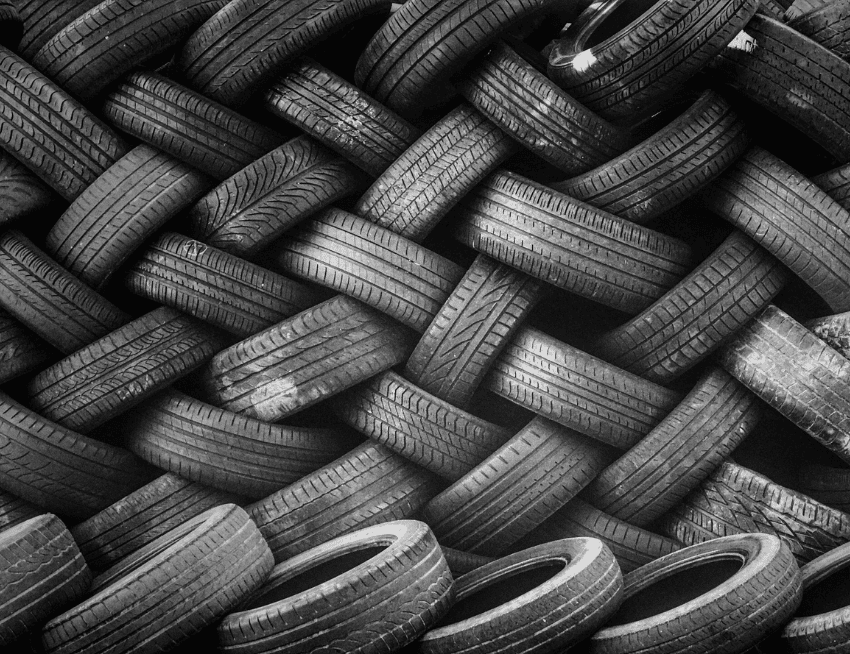Knowing the shore hardness of a material is fundamental to the success of a project.
Shore hardness offers different scales to measure the strength of different materials, which are not measurable by other types of hardness tests.
In this article we tell you what shore hardness is, how it is measured and the different types of scales it has and their applications.
What is shore hardness?
Shore hardness is a quick and easy way to measure the hardness of a material or its resistance to indentation damage.
Shore hardness, named after its inventor, Albert Ferdinand Shore, is a material hardness test that measures resistance to indentation. It is a standardised test used in industry to measure the hardness of a material by the depth of penetration when the material is so soft that Rockwell hardness testing cannot be used. In this regard, ASTM D2240 and ISO 868 test methods, with hardness readings ranging from 0 to 100, are the most commonly used.
The hardness of a material is tested with a hardness tester that measures the depth of the indentation in the material created by a given force.
As a general rule, it is polymers, elastomers and rubbers that are measured on a Shore hardness scale.
Depending on the polymer of interest, different variations of the Shore hardness test are recommended. In fact, Shore hardness is made up of a family of scales, each of which uses a different penetration tip geometry and spring force stiffness. The most common scales are Shore A and Shore D, as we will see below.
How is the hardness of plastics measured using a shore test?
- First, the foot of the hardness tester is inserted into a plastic sample.
- The indenter needle is then placed against the plastic before pressure is applied to the material.
- Place the test piece on a hard, flat, rigid surface to apply pressure as quickly as possible but without shocks.
- Record readings at specific times. For example, durometer readings shall be taken at 15 seconds for thermoplastic.
- Take a total of five measurements at different points on the test piece. Each measurement shall be recorded and the average value calculated and recorded.
- Once the needle has penetrated the plastic as far as possible – and the gauge has been pressed firmly into the material – the corresponding measurement of the shore hardness of the material shall be displayed.
The indentation reading depends on the flexibility of the rubber or plastic. This reading may change and it is therefore important to note the time at which the measurement is taken, together with the number that corresponds to its hardness.
The number on the scale indicates the resistance of the material to indentation. A higher number indicates a higher resistance to indentation and will therefore correspond to a harder material.
Shore A and Shore D hardness scales
There are several shore hardness scales, however, the most commonly used hardness scales are as follows:
Shore A hardness scale
Shore A scale is used to measure the hardness of softer, more flexible materials.
Shore A “0” denotes extremely soft and gel-like materials, such as silicones, while semi-rigid plastics are measured at the higher end of the scale, around 90-95A.
Typical Shore A hardness properties and applications
Softer materials often benefit from better elongation at break properties compared to their harder counterparts.
Quality control and material testing shows that this type has sufficient flexibility to absorb impact, but is also stiff enough to maintain its profile under pressure.
Applications in this range include polyurethanes, shock absorbers and soft-touch pre-moulded parts.
Shore D hardness scale
Shore D scale is used to measure the hardness of semi-rigid plastics and harder rubbers and plastics.
At the upper end of the D scale, there is a transition to the Rockwell scale, where materials such as nylons and acetals are found.
Typical shore D hardness properties and applications
Harder materials offer much higher flexural strength, making them an ideal choice for applications such as impact protection and metal replacement.
This is why some of the common applications for these types of polymers include mechanical products such as sprockets, gears and rollers.
At INFINITIA Industrial Consulting we are a Technical Consultancy providing innovative solutions in the industrial sector. Whether you need to carry out hardness tests, develop a new material or any other type of test, we have the best specialists at your disposal.
Contact our Forensic Engineering team and tell us about your case.





